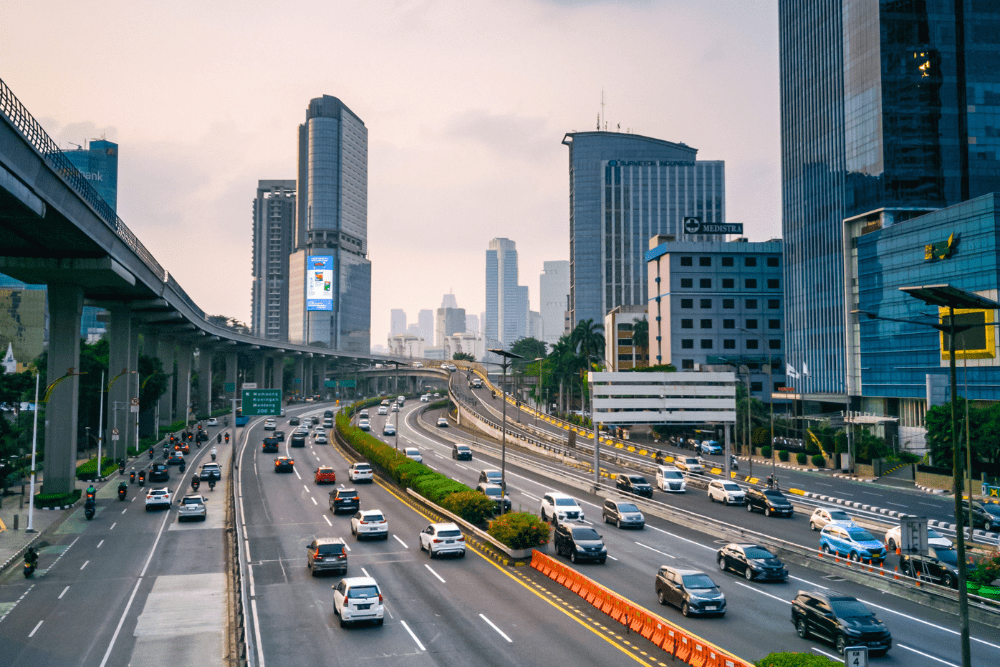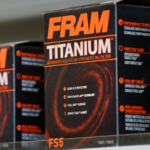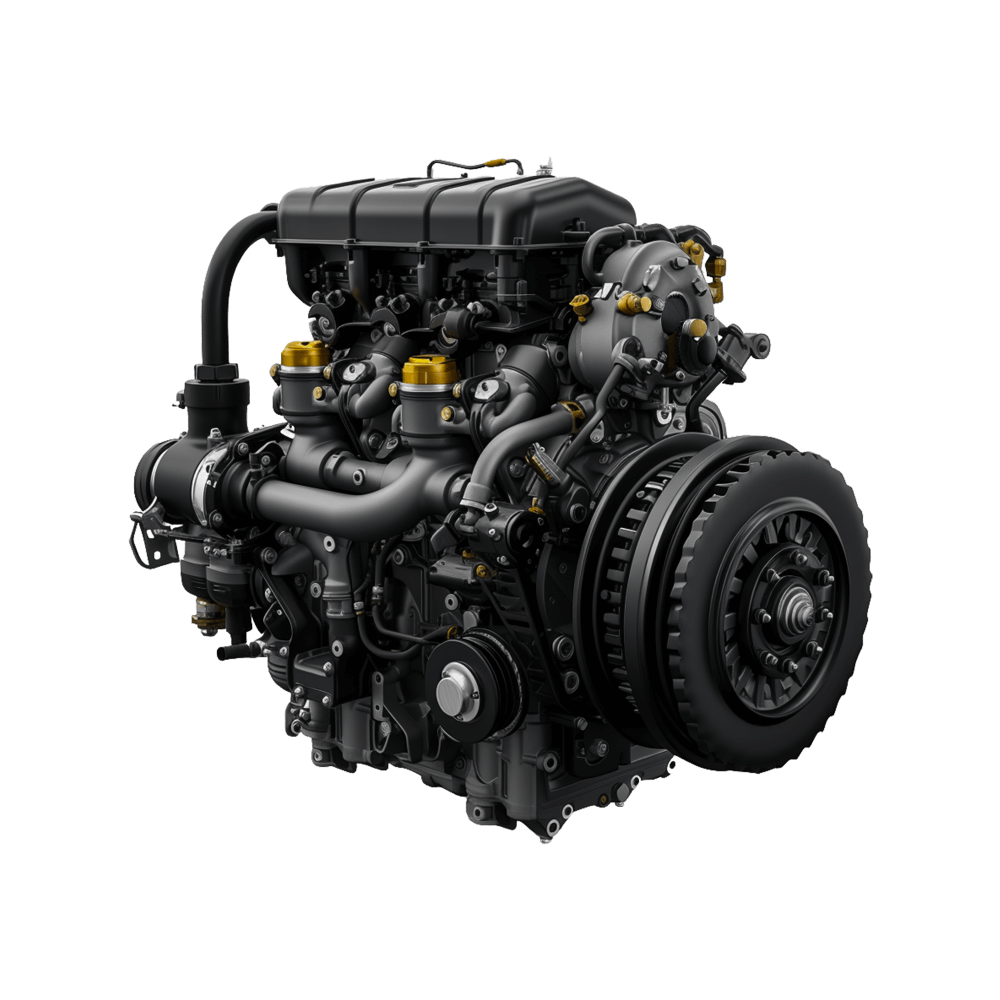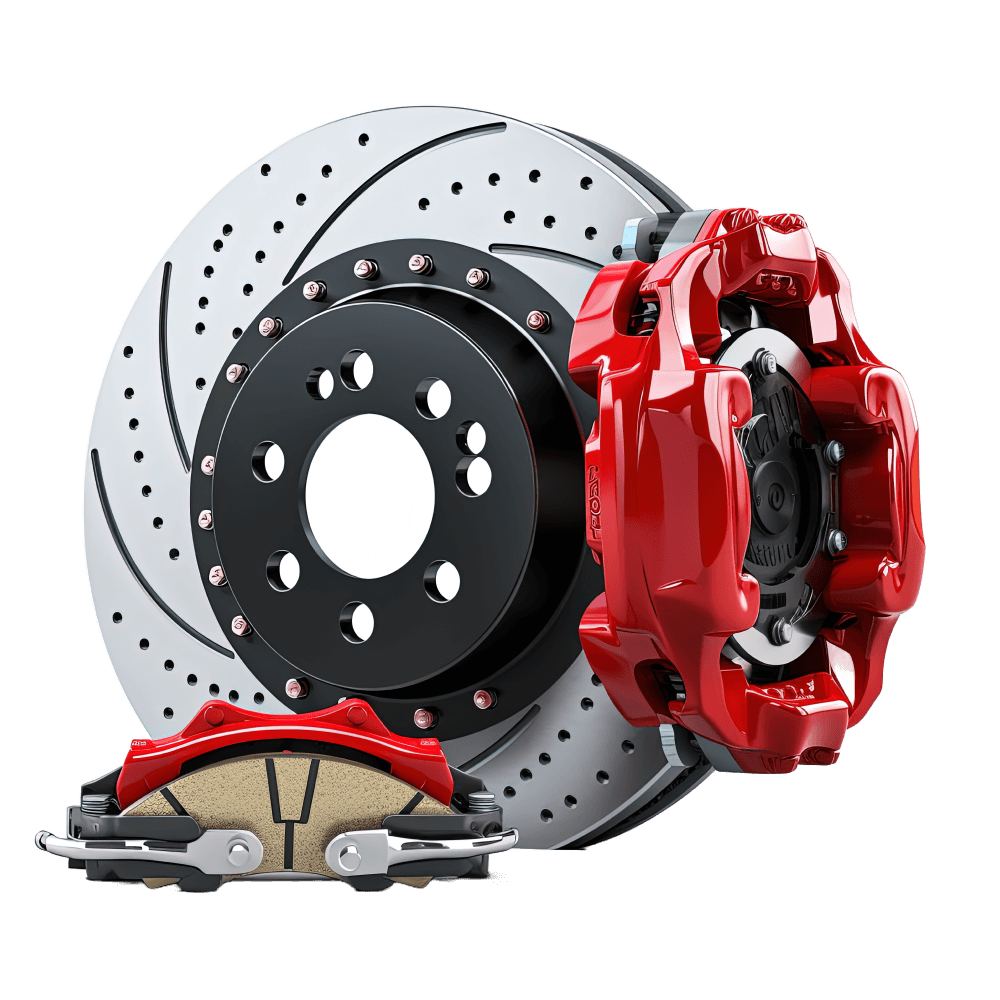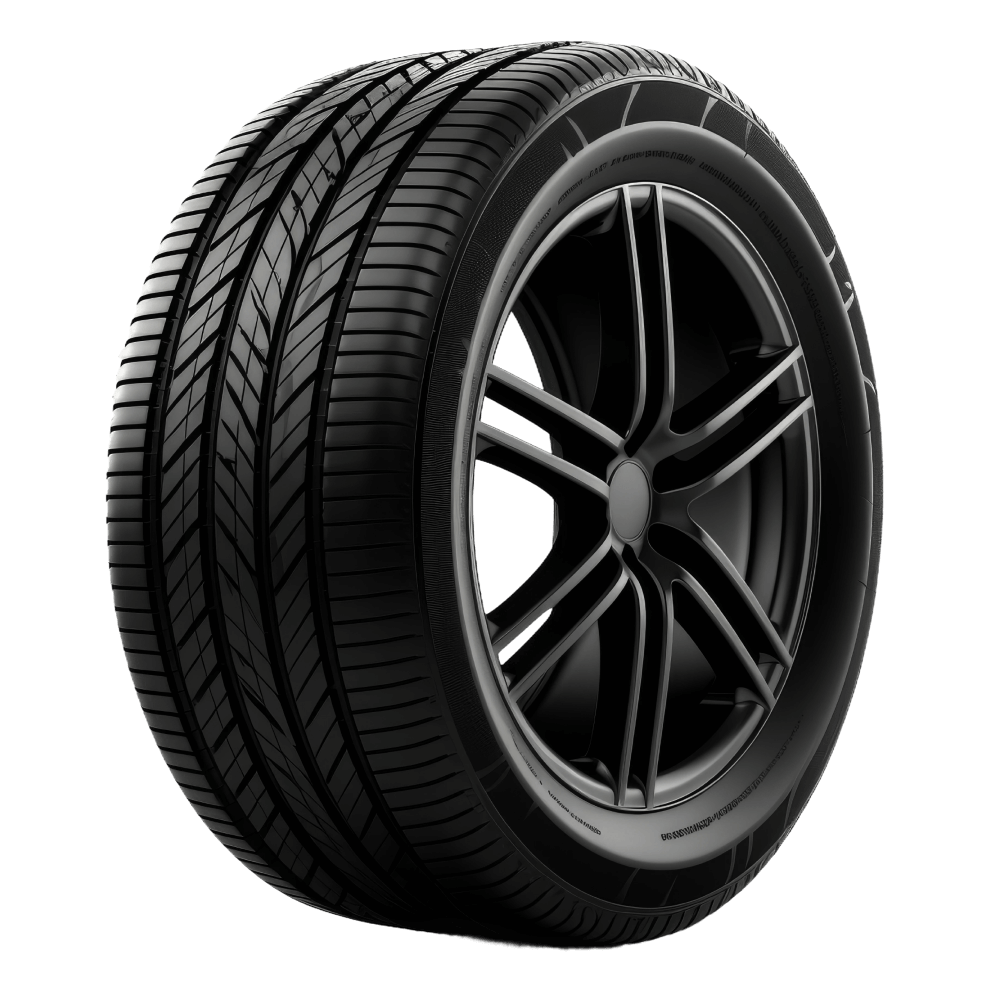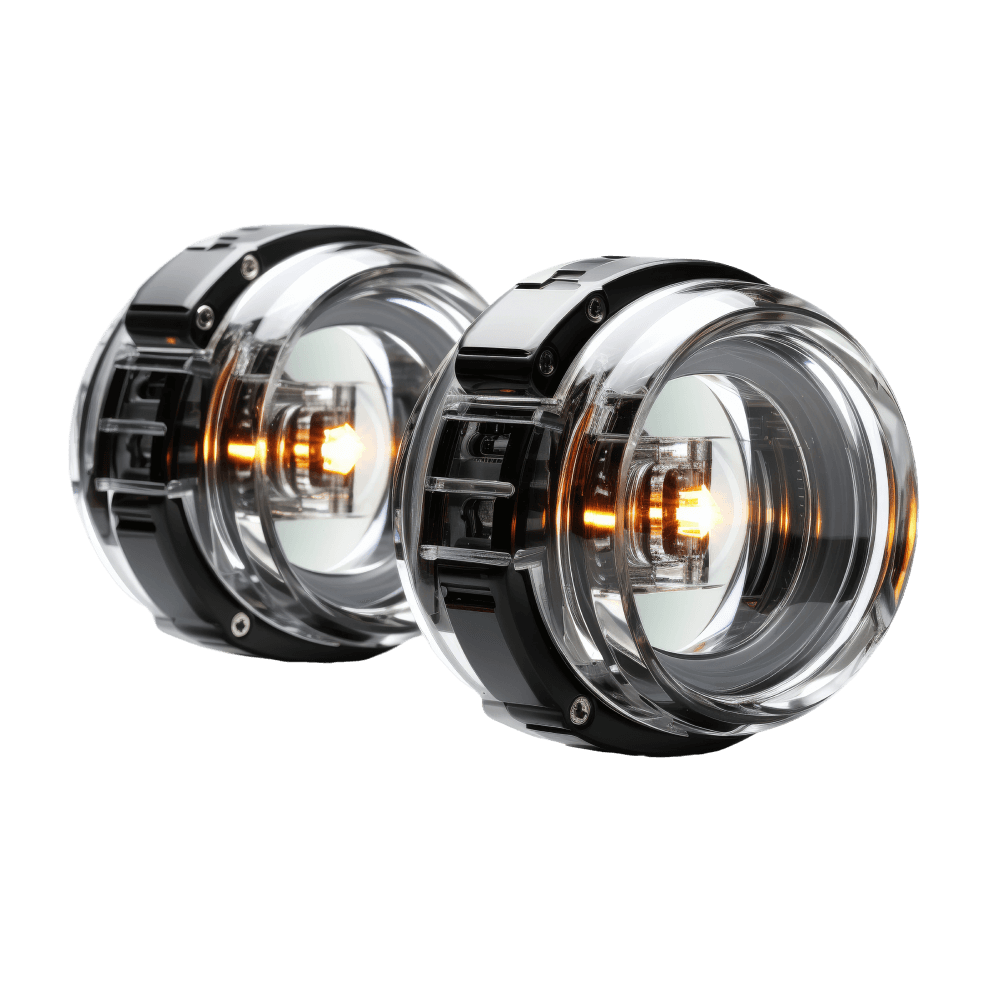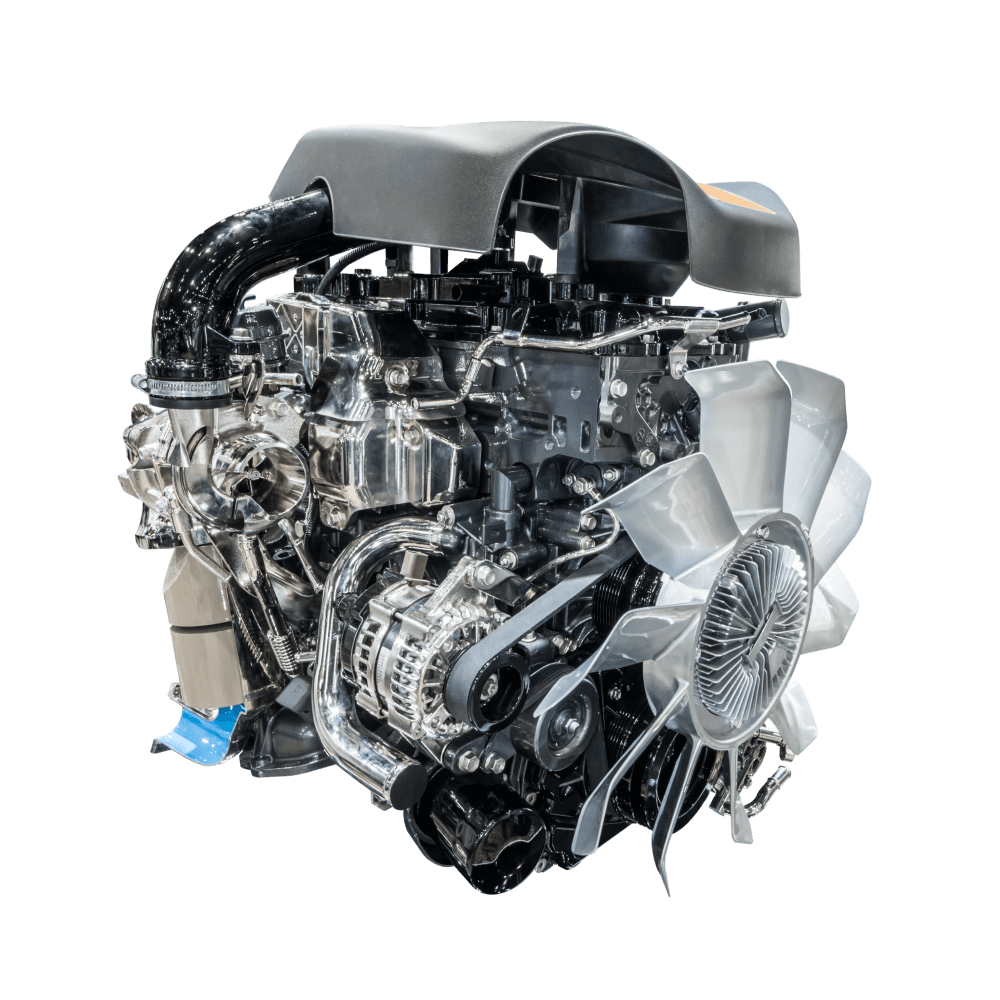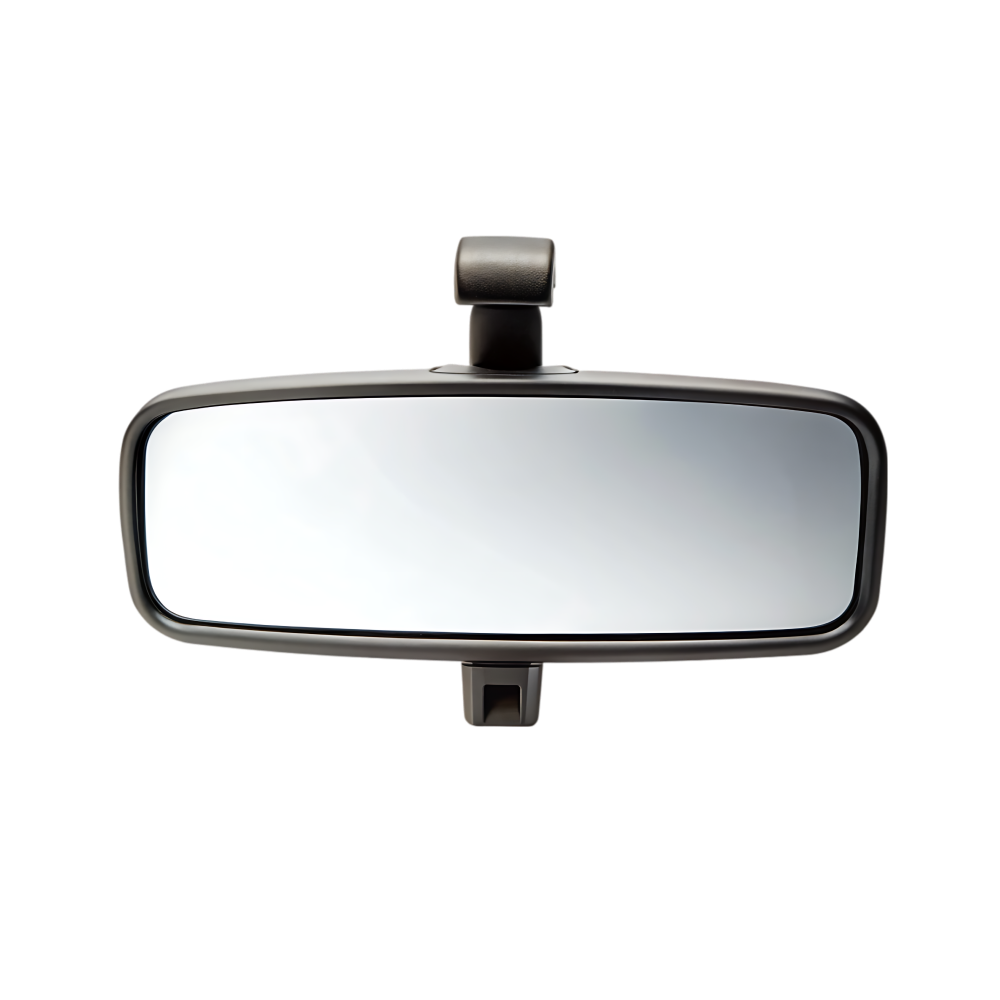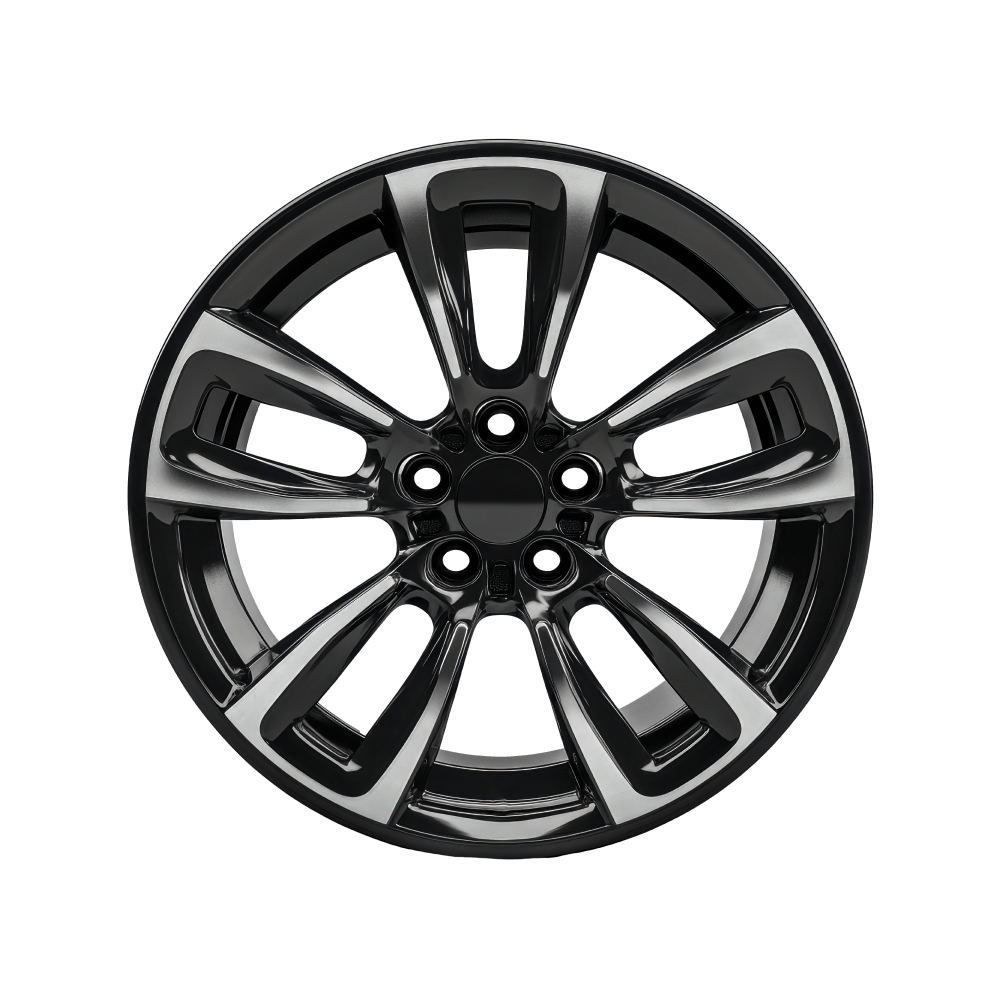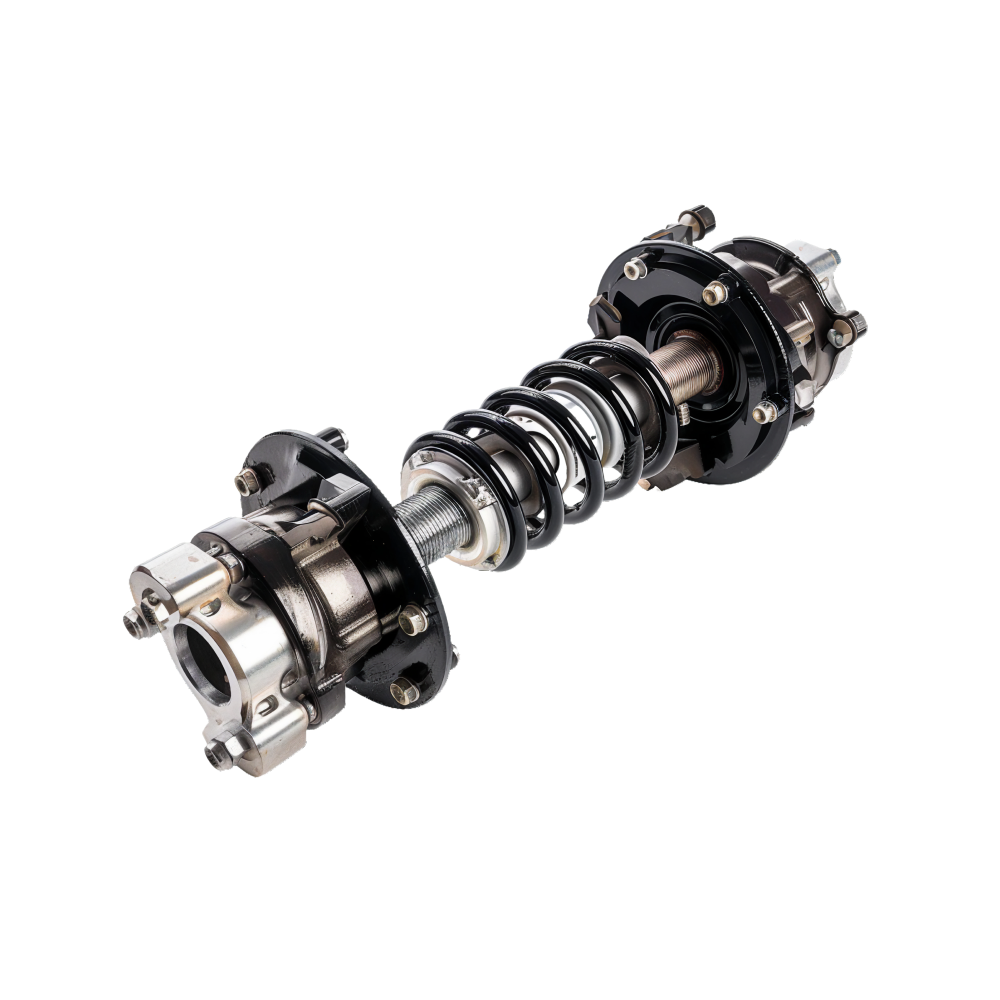Blog
August 22, 2025 |
President Joko Widodo launched Indonesia’s transition to battery electric vehicles (BEVs) in 2019 by issuing a set of groundbreaking electrification policies. In October of last year, a new leader took office, President Prabowo Subianto, and while the government has since continued its support, electrification hasn’t thus far received the same emphasis that it did under the previous administration. Among President Prabowo’s main focuses are energy security and economic growth, and here I’ll explain how policies supporting 100% vehicle electrification could help meet both ambitions.
First, the Indonesian market is really heating up. In 2020, just 125 BEVs were sold in Indonesia, but by 2024, total sales reached 43,188 units. That was enough for a 5% sales share in 2024, and it came amidst declining passenger vehicle sales. Today, Indonesian car consumers have numerous BEV models to choose from at various price points, and they’re offered by multiple manufacturers including Hyundai, Wuling, BYD, BMW, and Citroën.
Picture. A Wuling BEV on display at the Indonesia International Motor Show 2025 in Jakarta. Photo by Tenny Kristiana
This growth was initially driven by Presidential Regulation No. 55/2019 on BEVs for road transport, which provides both fiscal and non-fiscal incentives for domestic electric vehicle production. A few years later, Presidential Regulation No. 79/2023 expanded these incentives and made BEVs more affordable for consumers. Additionally, Ministry of Finance Regulation No.38/2023 lowered the value-added tax on new passenger electric vehicles from 11% to 1%. This value-added tax reduction and a luxury tax exemption reduced BEV prices and boosted sales of battery electric passenger cars, buses, and motorcycles.
In his October 2024 inauguration speech, President Prabowo highlighted the importance of food and energy security and the need to produce value-added products from Indonesia’s commodities, such as nickel. The speech highlighted the role of biofuels more than it did vehicle electrification. Table 1 compares some selected high-level regulations related to electrification under both administrations and shows some that are continuing under the current administration.
Table 1. Selected electrification-related regulations under Indonesia’s current and prior administrations
As you can see, the current administration has also introduced new regulations that support the BEV industry. The Minister of Investment and Downstreaming stated that producers like Aion, Citroën, VinFast, and Volkswagen are investing in Indonesia. Indonesia aims to produce 2.5 million battery electric passenger cars per year by 2030 and is building a domestic BEV manufacturing base. For this reason, the recent LG exit from a mega-battery project caught some by surprise. However, an announcement from CATL and its partners on a new battery integration project in Indonesia will help to meet the Indonesia’s domestic market, where BEV adoption is increasing.
To provide even stronger support for the development of the electric vehicle ecosystem, the new administration could consider some additional strategies, including a 100% electrification roadmap for all road transport. The International Council on Clean Transportation (ICCT) and the former Coordinating Ministry for Maritime and Investment Affairs have developed two 100% pathways in an electrification roadmap. Setting policies that align with one of these pathways would send a signal to the automotive industry that Indonesia is serious about a full transition to electric. Updating Presidential Regulation No.79/2023 to incorporate the 100% electrification roadmap would be the regulatory baseline for appointed ministries to implement it.
Currently, fiscal incentives for BEVs are only available for passenger cars and buses; talks about a new incentive scheme for motorcycles are ongoing, and there has been no discussion so far regarding trucks or other heavy-duty vehicles. Introducing fiscal incentives for electric vehicles in all segments of road transport would help boost both supply and demand for BEVs.
Introducing BEV sales requirements and fuel consumption standards, both part of supply-side regulations, has proven effective in other major markets and these have minimal impact on the national budget. And the more these regulations stimulate the market, the sooner fiscal incentive programs can be reduced and phased out.
Finally, creating a comprehensive, long-term infrastructure plan covering all transport modes is a key component. As shown in Table 1, the Ministry of Energy and Mineral Resources’ charging infrastructure roadmap extends to 2030. Expanding this plan soon to include other segments such as heavy-duty vehicles would be important support for the BEV ecosystem.
A comprehensive set of policies and a clear roadmap would boost investor confidence and encourage broader industry support for the government’s electrification initiatives. Additionally, achieving 100% electrification would reduce Indonesia’s reliance on imported fuel and save trillions of rupiah in subsidies, all while strengthening energy security by leveraging the country’s abundant renewable energy sources for electricity to charge vehicles.
Tenny Kristiana
Researcher
Roadmap to zero: The pace of Indonesia’s electric vehicle transition
This paper presents ambitious-but-feasible timelines for the transition to zero-emission two- and three-wheelers, four-wheelers (cars and light commercial vehicles, which are vans and light trucks), buses, and medium and heavy trucks in Indonesia.
Roadmap to zero: The pace of Indonesia’s electric vehicle transition
February 11, 2025
Join our mailing list to keep up with ICCT’s latest research and analysis.
Contact Us
We use cookies to improve site functionality and make this website more useful to visitors. Find out more.
This website uses cookies to enable some basic functionality and also to help us understand how visitors use the site, so that we can improve it.
Essential cookies provide basic core functionality, such as saving user preferences. You can disable these cookies in your browser settings.
We use Google Analytics to collect anonymous information about how visitors interact with this website and the information we provide here, so that we can improve both over the long run. For more on how we use this information please see our privacy policy.

